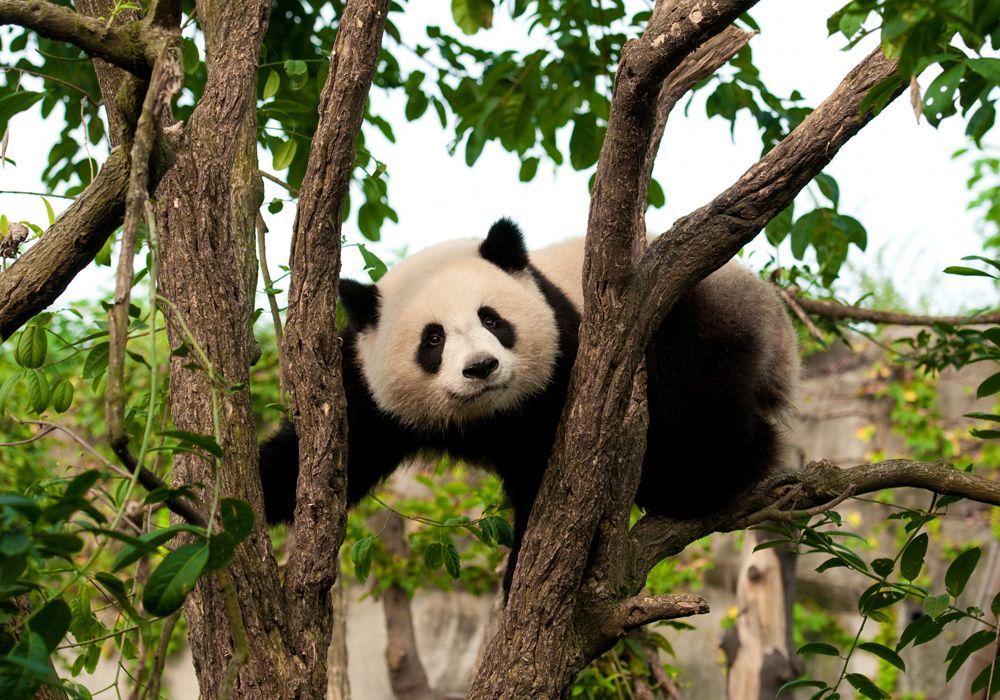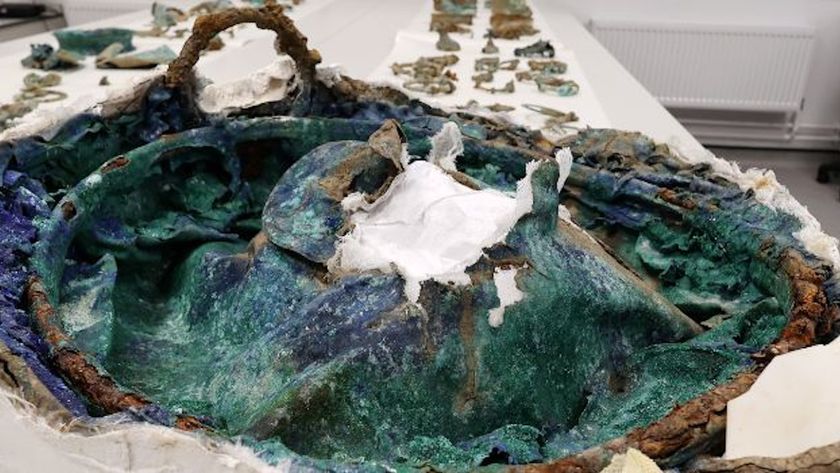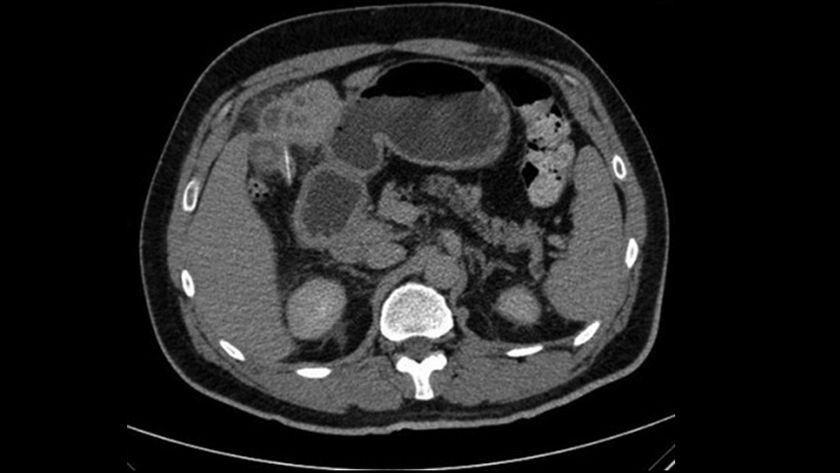Could Panda Poop Solve Biofuel Woes?

Biofuels might be a way to make energy out of renewable resources and cut dependence on fossil fuels, but currently, producing them from corn and other edible plants is largely impractical.
Now, a group of researchers believes they may have found a solution — in panda poop.
The microbes in the feces of giant pandas break down super-tough plant material in grass, corn stalks and wood chips, the researchers reported Monday (Aug. 29) at the National Meeting & Exposition of the American Chemical Society in Denver. If the technique works on a large scale, inedible plants and plant waste could be used as biofuels instead of edible corn.
"Who would have guessed that 'panda poop' might help solve one of the major hurdles to producing biofuels, which is optimizing the breakdown of the raw plant materials used to make the fuels?" study researcher Ashli Brown, biochemist at Mississippi State University, said in a statement. "We hope our research will help expand the use of biofuels in the future and help cut dependency on foreign oil."
Brown and her colleagues spent a year collecting and analyzing panda feces at the Memphis Zoo.
In the excrement, they found several types of digestive bacteria similar to bacteria found in termite guts. These bacteria help termites break down and digest wood. In pandas, they probably help with the digestion of woody bamboo shoots.
"Our studies suggest that bacteria species in the panda intestine may be more efficient at breaking down plant materials than termite bacteria and may do so in a way that is better for biofuel manufacturing purposes," Brown said.
Sign up for the Live Science daily newsletter now
Get the world’s most fascinating discoveries delivered straight to your inbox.
Under certain conditions, the panda poop bacteria can covert 95 percent of plant biomass into simple sugars, Brown estimated. The powerful enzymes in the bacteria speed up chemical reactions, eliminating the need for high heat, harsh acids and high pressures currently used to produce biofuels. Bacteria would also be a more energy-efficient way to turn materials such as switchgrass, corn stalks and wood chips into fuel, Brown said.
The next step for Brown is a complete census of the panda gut. She's looking for the most powerful digestive enzymes. Using genetic engineering, scientists could program yeast cells to make these enzymes, she said. The yeast, in turn, could provide large amounts of enzymes for biofuel production.
The study was funded by the U.S. Department of Energy, The Memphis Zoological Society, the Mississippi Corn Promotion Board and the Southeastern Research Center at Mississippi State.
You can follow LiveScience senior writer Stephanie Pappas on Twitter @sipappas. Follow LiveScience for the latest in science news and discoveries on Twitter @livescience and on Facebook.

Stephanie Pappas is a contributing writer for Live Science, covering topics ranging from geoscience to archaeology to the human brain and behavior. She was previously a senior writer for Live Science but is now a freelancer based in Denver, Colorado, and regularly contributes to Scientific American and The Monitor, the monthly magazine of the American Psychological Association. Stephanie received a bachelor's degree in psychology from the University of South Carolina and a graduate certificate in science communication from the University of California, Santa Cruz.










